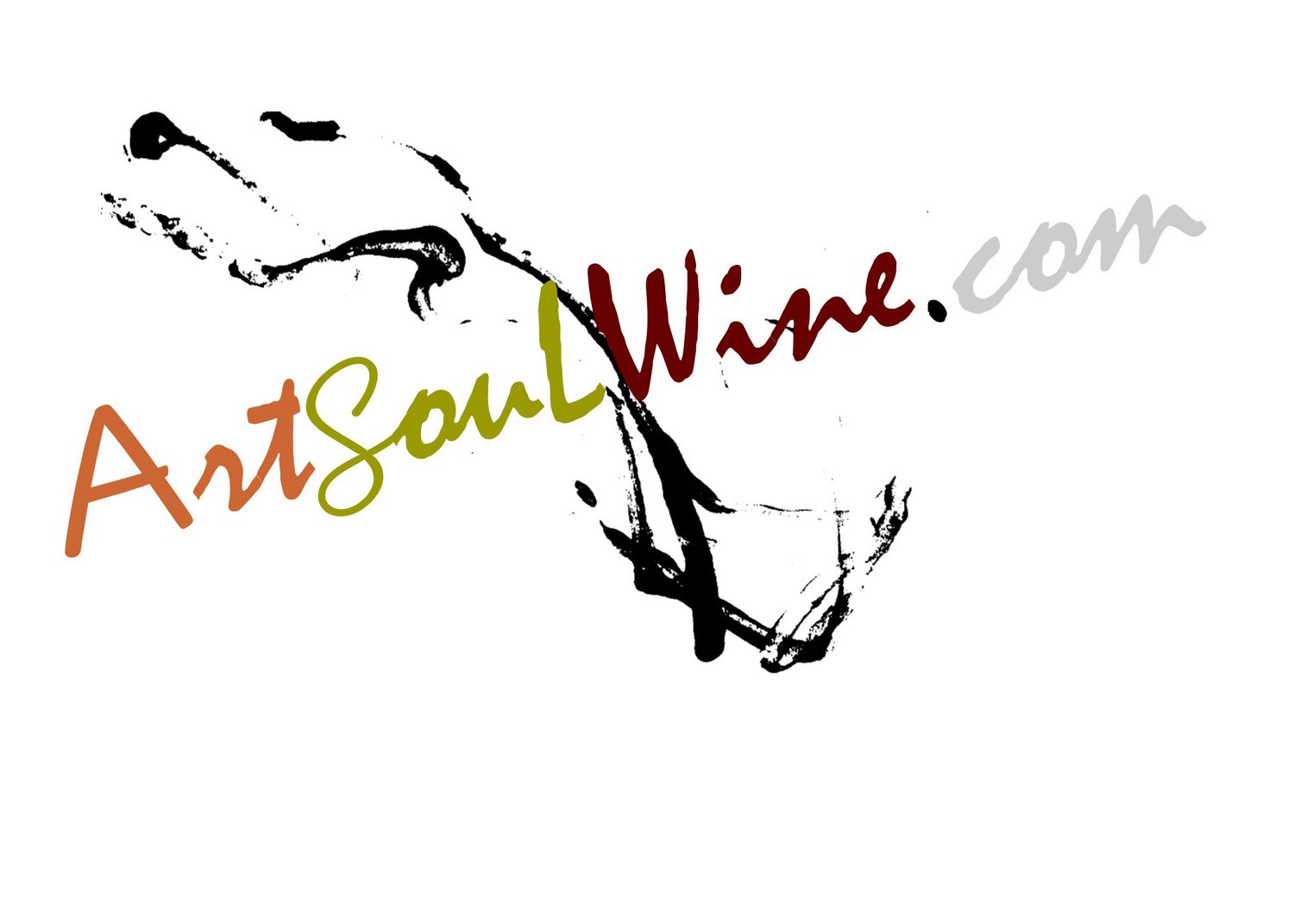Review: Adams County Winery (Pennsylvania)
/Pennsylvania isn’t the first place that comes to mind when one thinks of wine, and probably isn’t the second or third place either. The truth is the first vinifera were planted there before 1650, and 200 years later Pennsylvania was the third leading wine producer in the United States. Its climates are actually conducive to a wide range of grapes.
While other states’ wine industries recovered and thrived after Prohibition ended, Governor Gifford Pinchot, a Prohibitionist, established the Pennsylvania Liquor Control Board intending to “discourage the purchase of alcoholic beverages by making it as inconvenient and expensive as possible.” In 1968 lawmakers finally passed the Limited Winery Act, allowing wineries to sell their own wines instead of selling through the LCB or out of state.
Today there are over 200 licensed Pennsylvania wineries (#7 in the United States) and it is the fifth largest grape producer in the country.
My introduction to Pennsylvania wines begins with Adams County Winery. A friend of mine, Chris Hughes, has a blog called CUontheRoad.net about her family’s travel adventures in an RV. They’ve used a hospitality program called Harvest Hosts to stay overnight at participating wineries and farms, and one of those is Adams County Winery near Gettysburg. Chris invited me to do a wine review in conjunction with her travel review. If you are thinking of visiting the Gettysburg area, do check out her blog.
Located in the fruit belt of south-central Pennsylvania, ACW, aka Gettysburg Winery, was established in 1975 and is one of the state’s oldest wineries. The 15 acres of estate grapes include Cabernet Sauvignon, Shiraz, Lemberger, Chambourcin, Vidal, Traminette and native Niagara. There is a website that is under construction, so it has limited information, but the staff is very friendly and accommodating and can email a complete wine list for orders.
I ordered three wines to taste: Tears of Gettysburg (white,) Metrose (rose,) and Turning Point (red.) Each label has a story.
Tears of Gettysburg, a Niagara/Vidal blend, was originally released in 1988 and is their top award-winner. It has the unmistakable Niagara nose. The expected strong Niagara sweetness, though, is tempered by the Vidal and gives it a clean finish. In the mouth, it is full and tastes of flowers, honeysuckle. There is also a slight buttery flavor and hint of oak as it progresses.
I would pair this with a buttery cod dish (or Pacific Northwest black cod,) tuna with sweet pepper salsa or pork tenderloin with sweet corn salsa. It’s kind of a sweet wine for the tartness of citrus, though grilled green apples with grilled chicken breast might be nice, too.
Turning Point was quite good. A blend of Cabernet Sauvignon and Chambourcin, it's packed with flavors of spicy blackberry that develop into plummy cherry. It has a pretty, dark garnet color but isn’t heavy like a Zinfandel. There is just a hint of chocolate in the nose. The wine’s fruit gathers around the sides of the tongue, and the finish is dry in the center of the palate.
The Chambourcin grape is a French-American hybrid. Its origins are hazy, but it has been used since 1963 mainly for blending. It grows in the Mid-Atlantic and Midwest of the US, and in Canada, Australia, Portugal and France.
I did pair Turning Point with mild Italian sausage and whole grain pasta with tomato sauce. This turned up the spice, the heat and the plum flavors, and the finish wasn’t as dry.
Both of these wines—as well as the Rebel Red and Traveller--are part of ACW’s Historic Gettysburg Collection which commemorate aspects of the battle there, according to Dan Baumgardner, retail manager. He says the label on Tears of Gettysburg depicts a canon located outside of the Soldier’s National Cemetery, near where President Abraham Lincoln delivered the Gettysburg Address. Turning Point’s label depicts the 72nd Pennsylvania Monument, where Pickett’s Charge took place, and which is said to be the turning point of the Civil War.
Metrose is very fun. This is not a sweet, 1980s-style pink wine. The salmon-y pink color is luscious, and it’s a blend of 80 percent Pinot Noir and 20 percent Chambourcin. While it bathes the mouth in strawberries, it has a touch of cinnamon and a semi-dry finish. Open one bottle for a nice sipper, and pair a second bottle with charcuterie, grilled sausage, summer salads, and strawberries.
The horse on the label is Metro Meteor, a Belmont and Saratoga racer who retired to a career in painting abstracts. Every bottle sold makes a donation to the New Vocations Racehorse Adoption program—another reason to buy two bottles of this wine.
Thanks so much, Chris, for this opportunity to explore new territory (or terroir.) I'm looking forward to learning about and visiting more Pennsylvania wineries.















